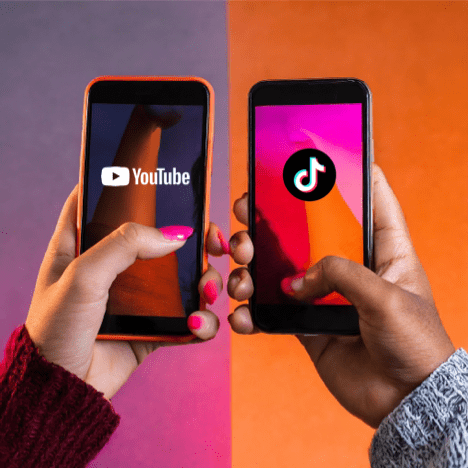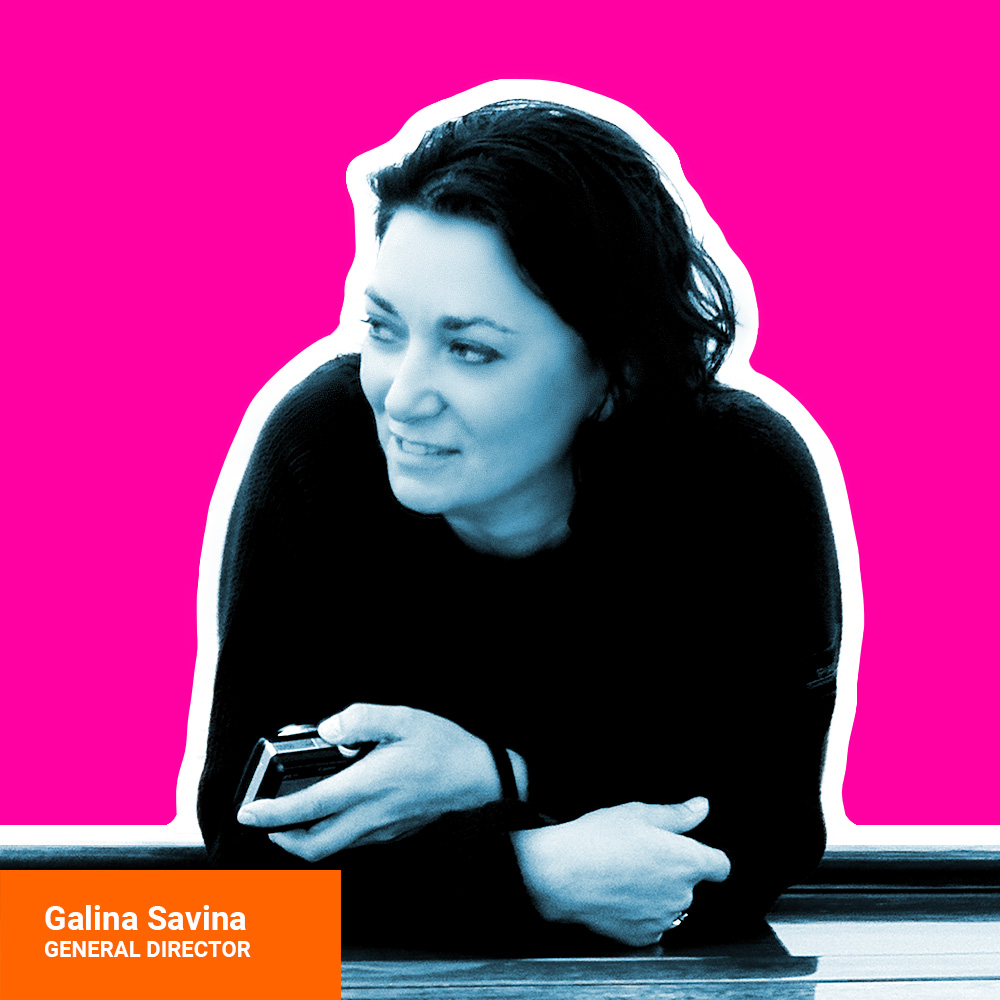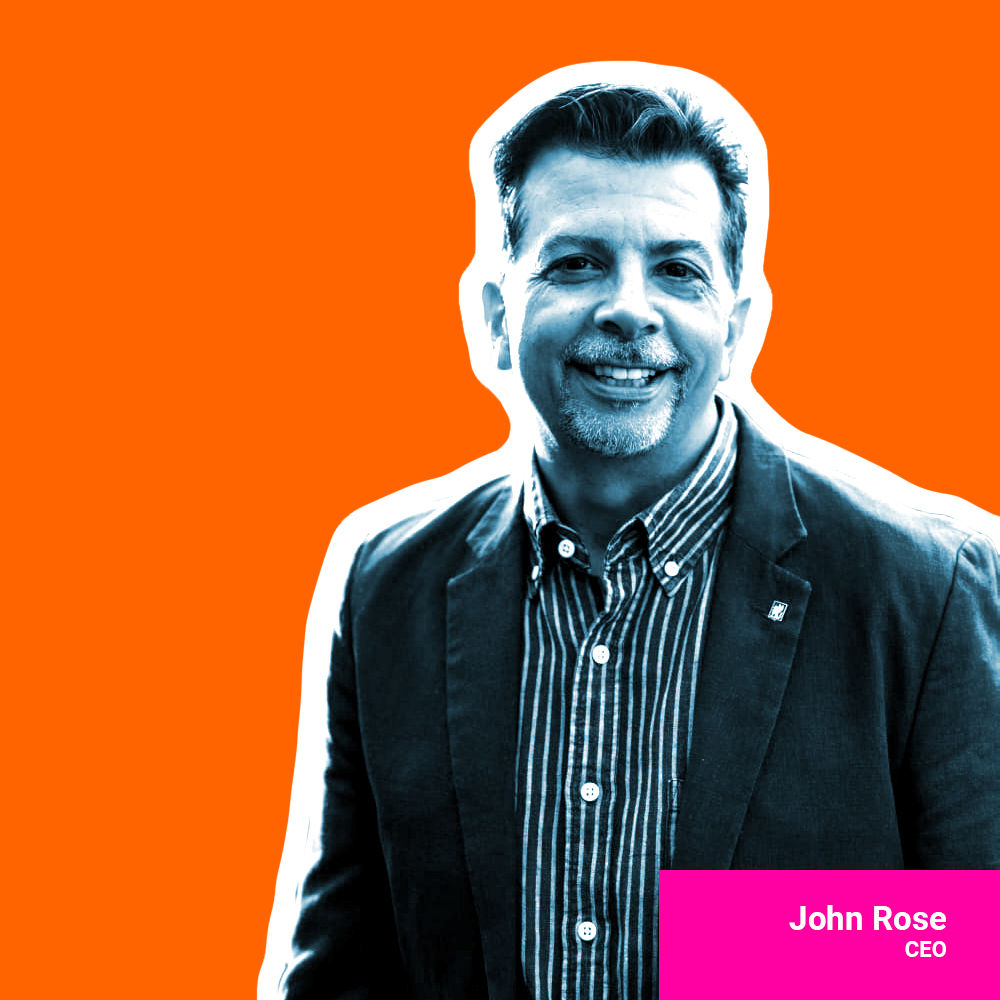
YouTube Still Flourishing in the Age of TikTok
As the digital landscape becomes increasingly dominated by short-form vertical videos, epitomized by TikTok’s global surge, YouTube stands tall as the world’s second most visited website (after GOOGLE). Despite the rise of various competitors, YouTube’s unique offerings and widespread demographic reach keep it at the forefront of the global digital arena.
YouTube commands attention with an average visit duration of 20:04 minutes and a bounce rate of 21.65%, indicating high user engagement. With 2.7 billion monthly active users worldwide, it’s a dynamic platform for content creators and advertisers and a lucrative platform for marketers, thanks to its vast and diverse viewership. By comparison, TikTok has over one billion active users who spend an average of 52 minutes per day on the platform.
While TikTok has captured the hearts of a younger, tech-savvy global audience, YouTube’s appeal is far more extensive. YouTube’s user base presents a varied mix, showcasing its ability to cater to different tastes, preferences, and age groups, a contrast to the more homogeneously young audience of TikTok.
Brands favor YouTube for its ability to host long-form content and leverage Google’s search engine for evergreen content visibility. This strategy has proven effective worldwide, allowing brands to reach diverse audiences over extended periods. But those advantages did not stop YouTube from tackling TikTok head-on.
Launched in September 2020, YouTube Shorts was introduced as a response to the burgeoning popularity of short-form video content, notably driven by TikTok. Aimed at capturing the younger, mobile-first audience, Shorts provides tools for creating engaging, brief videos, offering a new creative outlet within YouTube’s vast ecosystem. The feature quickly gained traction, reporting billions of daily views, attracting both established and new creators with incentives like the Shorts Fund. Despite its success and integration with YouTube’s extensive platform, Shorts continues to be outshined by TikTok, which maintains an oversized presence.
Both platforms continue to innovate, vying for dominance in the content space, each with its unique offerings and user base.
When to Use YouTube:
- Longer Content & Detailed Storytelling: If your brand aims to provide in-depth information, tutorials, or longer narrative-driven content, YouTube’s format is more accommodating. Its users are accustomed to engaging with content ranging from a few minutes to over an hour long.
- Leveraging an Established Audience: Brands with an existing subscriber base on YouTube might prefer to engage their audience where they’ve already built a presence. YouTube’s platform is conducive to fostering long-term relationships with viewers.
- Search Engine Visibility: If SEO is a significant part of your strategy, YouTube’s integration with Google makes it an excellent choice. Content on YouTube can rank in search results, making it more discoverable to people searching for related topics.
- Diverse Demographics: YouTube has a broad user base spanning various age groups, interests, and geographical locations. If your target market is not strictly the younger demographic, YouTube’s diversity can be beneficial.
When to Use TikTok:
- Trending & Viral Content: If you’re aiming for quick, viral engagement and tapping into current trends, TikTok’s algorithm excels at pushing content to a vast audience quickly, even if they don’t follow your account.
- Younger Audience: While TikTok’s audience has grown more diverse since its launch, its user base continues to skew towards Gen Z and younger Millennials, and brands targeting these demographics might find TikTok to be the ideal platform for engagement.
- Creative & Authentic Expression: TikTok’s culture encourages creativity and authenticity. Brands ready to experiment with less polished, more relatable content that resonates with a TikTok audience will find this platform suitable.
- Influencer Collaborations: If your strategy involves partnering with influencers, TikTok has a robust community of creators with loyal followings, which can be leveraged to promote your brand authentically.
When to Consider Both:
- Maximizing Reach: Using both platforms can maximize exposure and allow brands to reach different segments of their audience. What works for one segment on YouTube might not for another on TikTok, and vice versa.
- Cross-Promotion: Content can often be repurposed across platforms. A teaser of a longer YouTube video might work well on TikTok, driving traffic to the full content on YouTube.
- Testing and Learning: Different platforms can provide various insights. Brands might experiment with both to understand where their content resonates most and refine their strategies accordingly.
The choice between YouTube and TikTok should align with your brand’s specific goals, target audience, and content style. Each platform offers unique advantages, and in many cases, a dual approach might be the most effective way to engage with your audience and achieve your marketing objectives.
Best Practices for Brands Using YouTube
To harness the full potential of YouTube for global marketing, it’s crucial for brands to understand and implement a set of best practices that cater to the unique dynamics of YouTube’s environment.
- Consistent and High-Quality Content: Prioritize the regular upload of well-crafted videos that captivate and reflect the interests of your target audience. High-quality, engaging content not only retains viewers but also fosters a loyal subscriber base eager for your next release.
- Optimize for Search: Enhance your videos’ discoverability on this second-largest search engine by incorporating relevant keywords, tags, and enticing descriptions. A well-optimized video is far more likely to surface in search results, attracting a wider audience.
- Engage with Your Audience: Actively participate in the community you’re building by responding to comments, creating posts, and stimulating interaction. A brand that engages directly with its audience can significantly boost loyalty and stimulate word-of-mouth promotion.
- Leverage YouTube Ads: Make the most of YouTube’s vast advertising network to broaden your reach. Customize your ads to target specific demographics, interests, and behaviors, ensuring your content reaches the most relevant audience.
- Creator Collaborations: Partner with popular creators who resonate with your target demographic. Such collaborations can significantly amplify your brand’s visibility and lend credibility through their endorsement.
- Utilize YouTube Shorts: Capitalize on the growing trend of short-form content by incorporating Shorts into your strategy. Advertisers who adapt their campaigns to include vertical creative assets often see increased conversions, making Shorts a valuable format for engagement.
- Long-form Storytelling: Explore creating longer trend-aligned content to engage your audience deeply. While more resource-intensive, effectively tapping into prevailing trends with extended narratives can yield substantial engagement.
- Employ AI Tools: Consider using AI-powered tools to enhance your campaign’s targeting and performance. Campaigns utilizing AI for optimization on YouTube have shown significantly higher returns on ad spend compared to those manually optimized, underscoring the potential of AI in maximizing campaign effectiveness.
Inspiring YouTube Marketing Campaigns
Over the years, YouTube has emerged as a powerful platform for brands to connect with audiences worldwide through creative and impactful marketing campaigns. From humorous and quirky to emotional and thought-provoking, these campaigns have not only promoted products and services but also stirred conversations, influenced cultural trends, and left lasting impressions on millions.
- Nike – “You Can’t Stop Us”: A split-screen stitching together of athletes from various sports, symbolizing unity and perseverance, and resonating globally with millions of views and widespread positive sentiment.
- Dove – “Courage is Beautiful”: Showcasing frontline workers in the fight against COVID-19, touching hearts worldwide and emphasizing Dove’s commitment to real beauty and bravery.
- Kermit the Frog x Adidas Sustainability Campaign: Featuring Kermit the Frog and Stan Smith to promote Adidas’ commitment to sustainability, creatively emphasizing the importance of combating climate change.
- Qatar Airways, Qatar – Official FIFA World Cup song: Celebrating the spirit of football with DJ Rodge and Cheb Khaled, captivating a global audience with vibrant music and cultural showcase during the FIFA World Cup.
- Purina: Puppyhood: A short video series about a man and the puppy he adopts, highlighting the ups and downs of pet ownership and subtly promoting Purina Puppy Chow, making a sudden emotional impact on viewers.
The Future of YouTube
As it continues to evolve, YouTube is set to embrace emerging trends and technologies worldwide, potentially integrating features like VR and more interactive content to enhance global user experience. Its adaptability and commitment to innovation position it well to continue its global dominance and meet future digital trends head-on.
YouTube’s sustained global presence and its ability to adapt to the changing digital landscape underscore its unmatched position in the market. With a broad range of content that appeals to various demographics worldwide and a platform that continually evolves, YouTube is well-poised for ongoing growth and influence in the global digital content sphere.
Ultimately, the choice between YouTube and TikTok depends on where a creator’s audience is primarily located, the type of content they create, and their familiarity with the platform. Many creators choose to use both platforms to maximize their reach and take advantage of the unique benefits each offers. And so too should brands.
Sources: YouTube and TikTok



